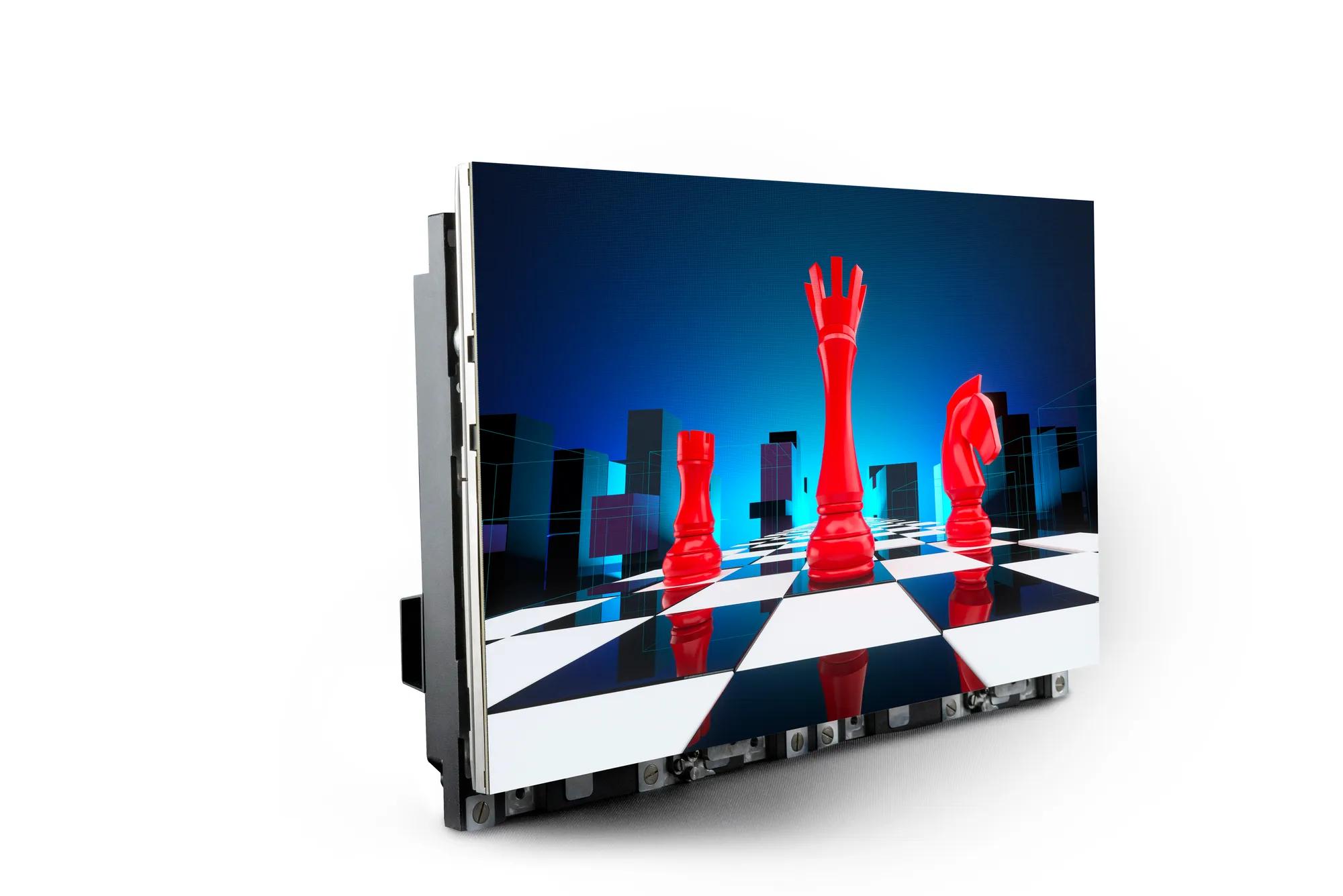Novel Methods to Enhancing Mobile Linkage Systems for LED Wall Surfaces.
Wiki Article
Untethered connectivity technologies for LED wall screens have redefined the way we experience visual interfaces in various settings, such as concerts, corporate gatherings, and promotional displays. These panels, known for their vibrant colors and high resolution, rely heavily on strong wireless connections to perform effectively. As technology continues to evolve, innovative strategies are being developed to enhance these wireless solutions. This article will examine some of the latest strategies aimed at boosting wireless connectivity for LED wall panels.
One notable method to improving wireless connectivity is the use of advanced antenna technology. Antennas play a vital role in transmitting and receiving signals between components. By employing smart antennas, which can adapt their direction and focus based on the surroundings, engineers can significantly improve signal strength and stability. This adaptability helps reduce disruption from other electronic devices and obstacles, leading to sharper video output and more stable link performance for Light Emitting Diode wall panels.
Another forward-thinking approach involves utilizing mesh network architectures. Unlike traditional wireless setups that depend on a single router, mesh networks consist of multiple connection points that work together to spread the internet signal over a broader area. This setup ensures that Light Emitting Diode wall screens receive a consistent signal regardless of their placement. In venues like arenas or large exhibition halls, where physical barriers may disrupt signals, mesh technologies provide a more robust solution by maintaining connectivity even in crowded environments.
In addition, integrating edge processing into wireless communication systems can enhance performance for LED wall panels. Edge computing allows data processing to occur near the source of data origination rather than relying solely on centralized data centers. By processing data at the edge of the Luminescent Diode wall units, the architecture minimizes latency, resulting in quicker response times and more fluid video rendering. This innovation is especially advantageous for applications that require real-time updates or interactive features, making presentations more engaging for audiences.
Lastly, adopting new communication protocols can also improve wireless network performance for LED wall panels. Protocols such as Wi-Fi 6 and 5G offer enhanced bandwidth and faster data important source transfer rates compared to previous standards. These technologies allow multiple devices to connect simultaneously without compromising performance. As LED wall panels are often used in conjunction with other smart devices, implementing these advanced protocols ensures that all components additional resources can interact seamlessly, leading to an overall better user experience.
To summarize, the advancement of wireless communication technologies for LED wall panels is crucial as technology continues to advance. Through innovations such as intelligent antennas, mesh networking systems, edge computing implementation, and new data transmission standards, manufacturers can provide better efficiency and stability. These strategies not only improve the functionality of LED wall units but also enhance the visual experiences they offer across various applications. As these technologies continue to progress, viewers can anticipate even more cutting-edge visual presentations in the future.
